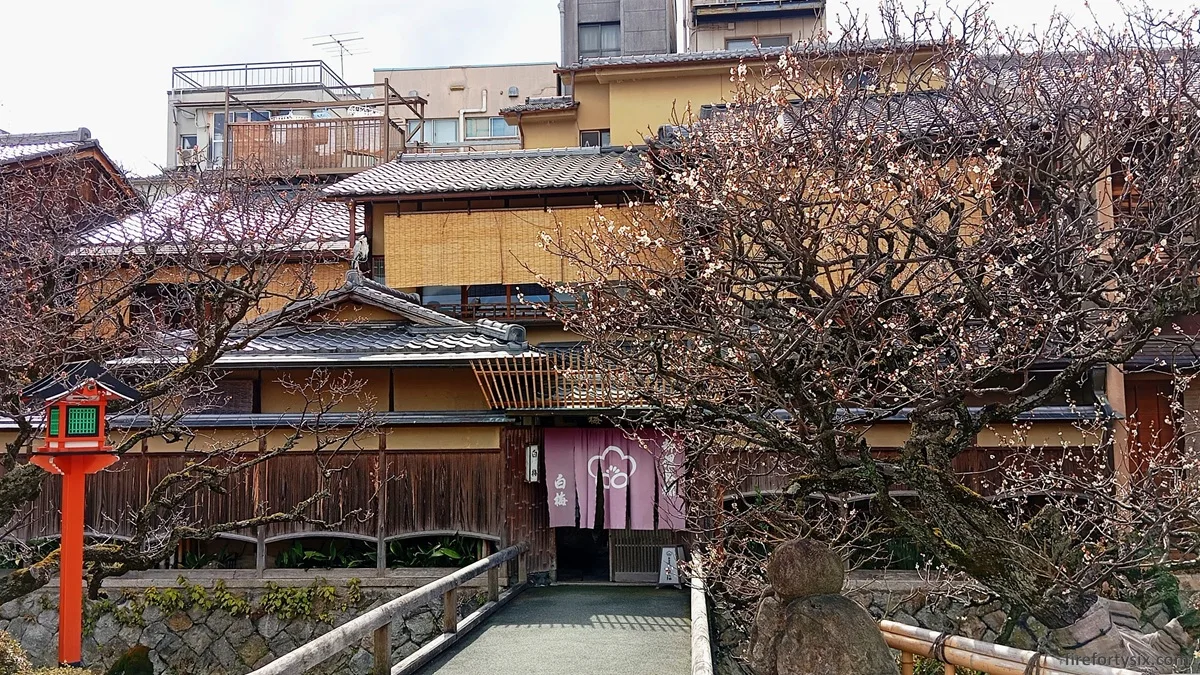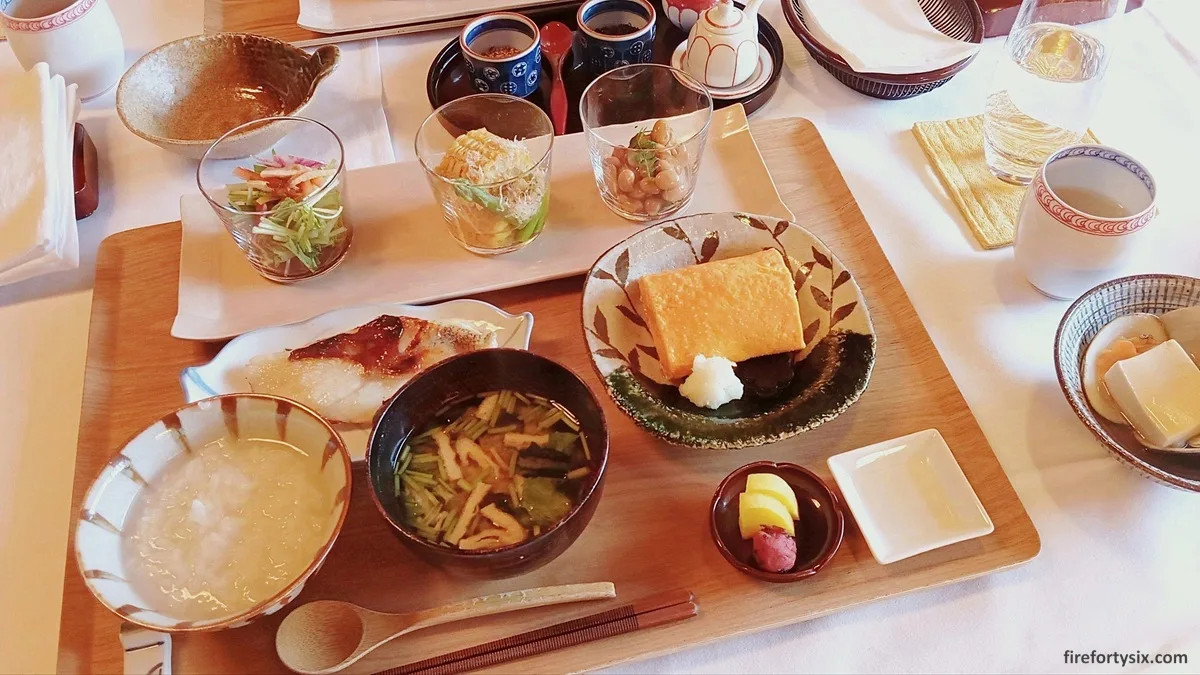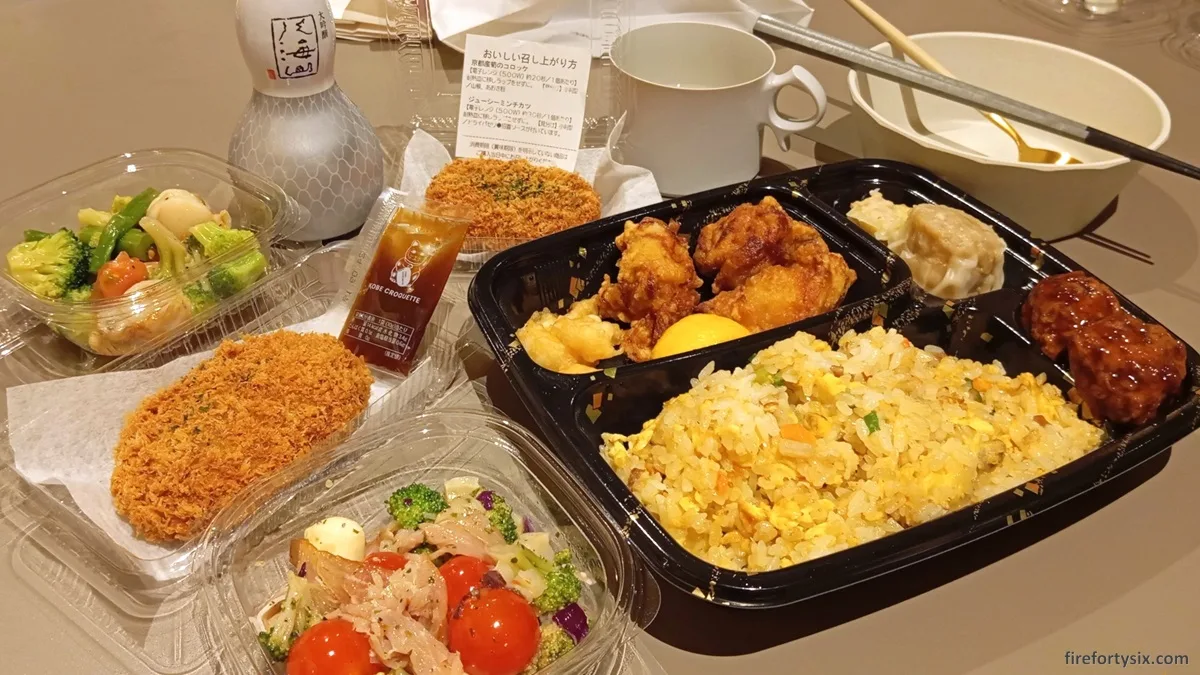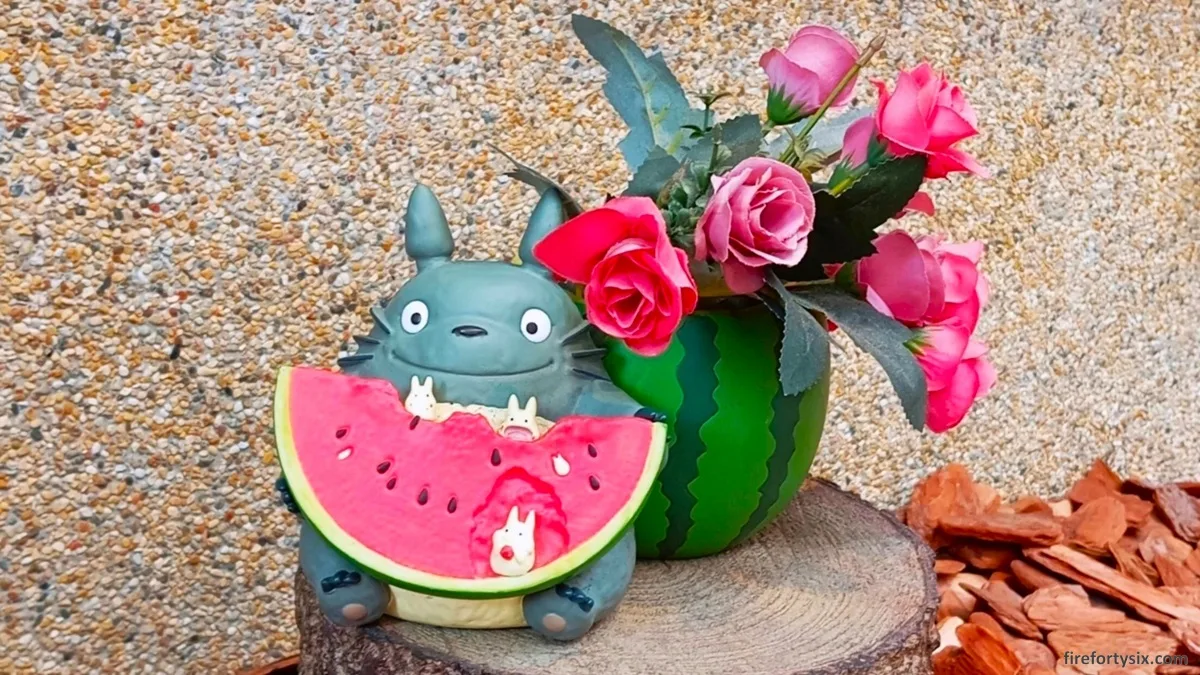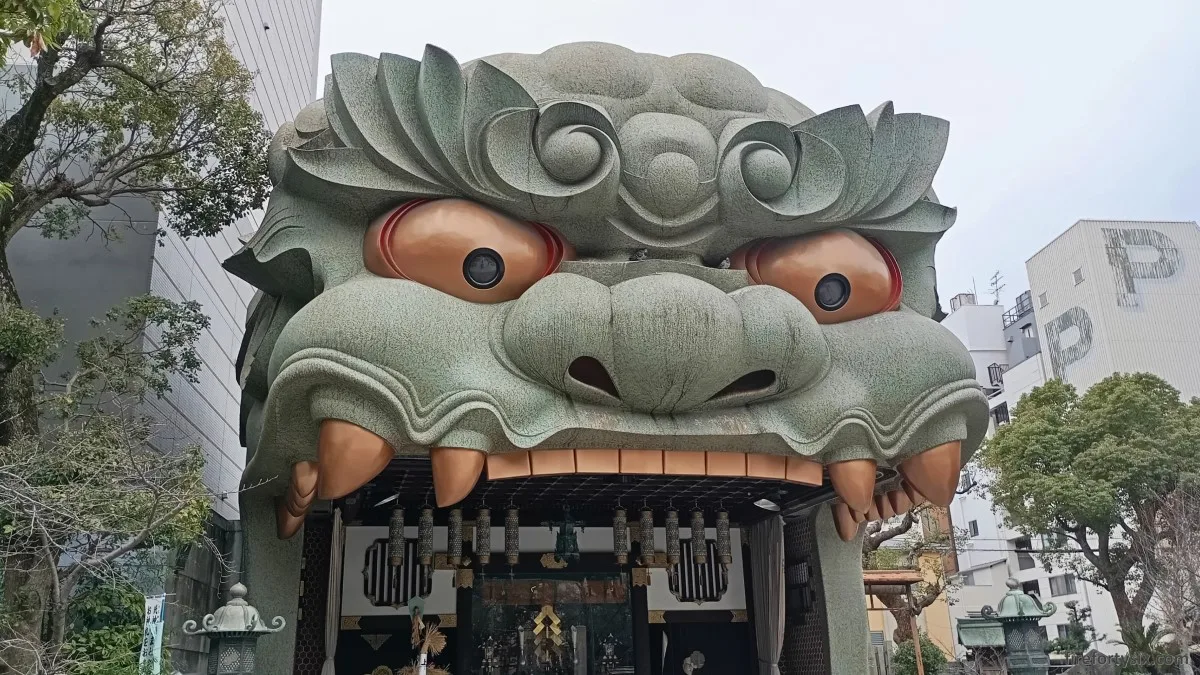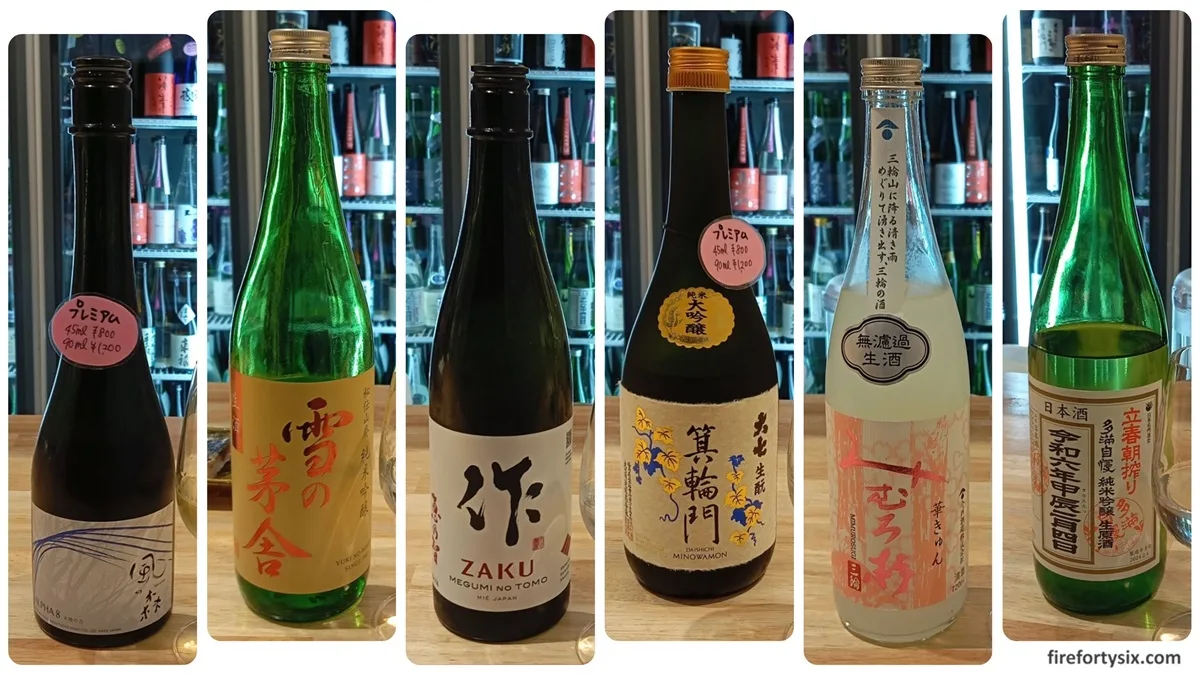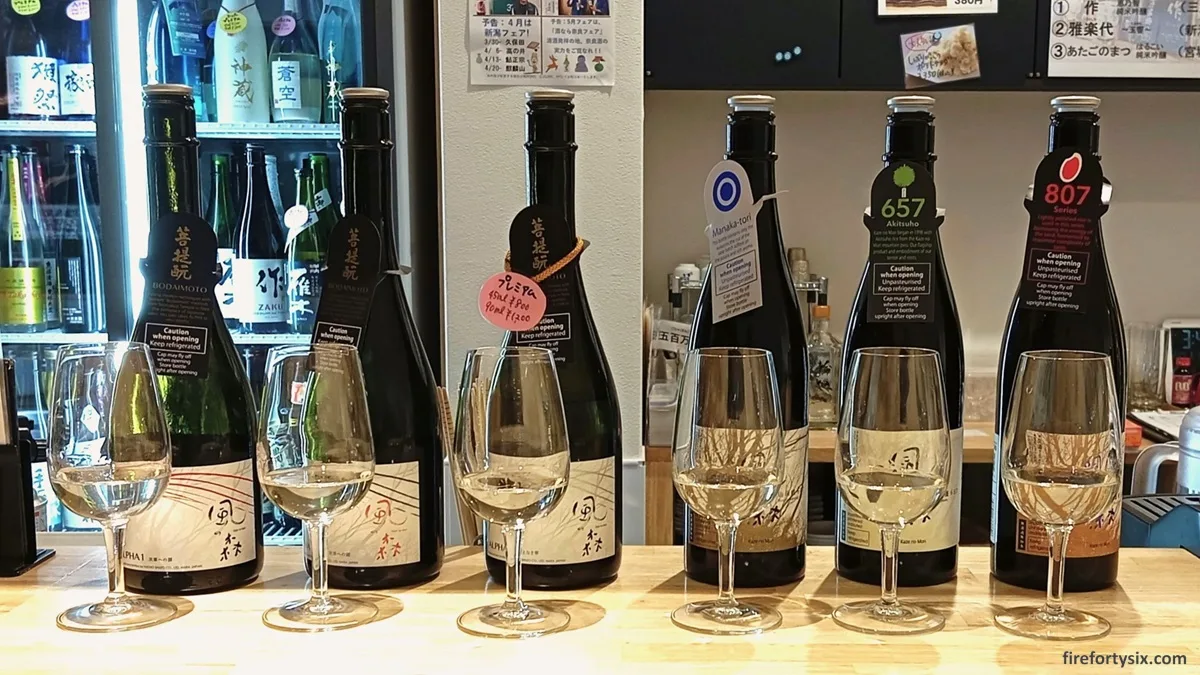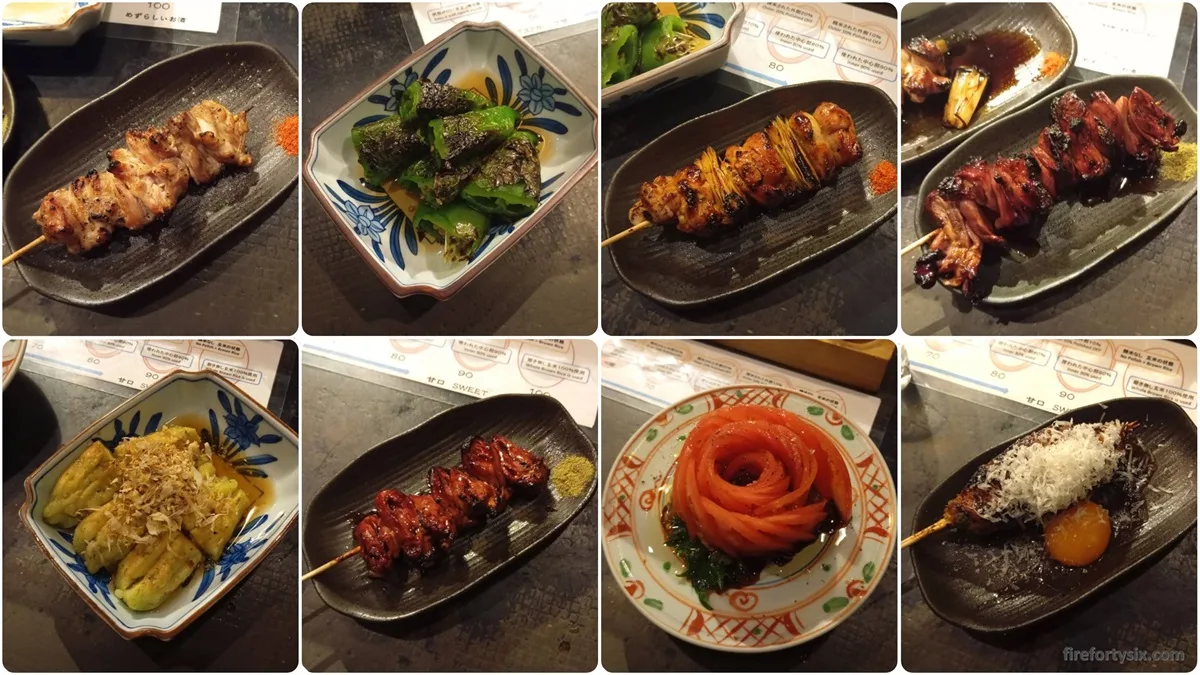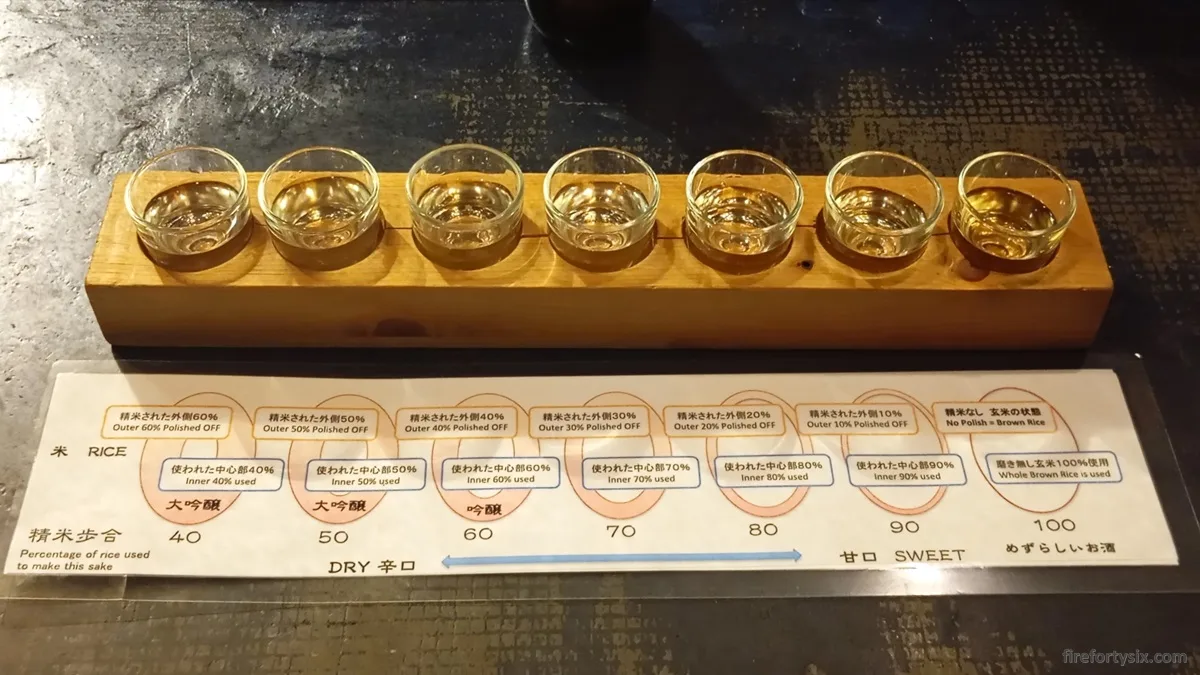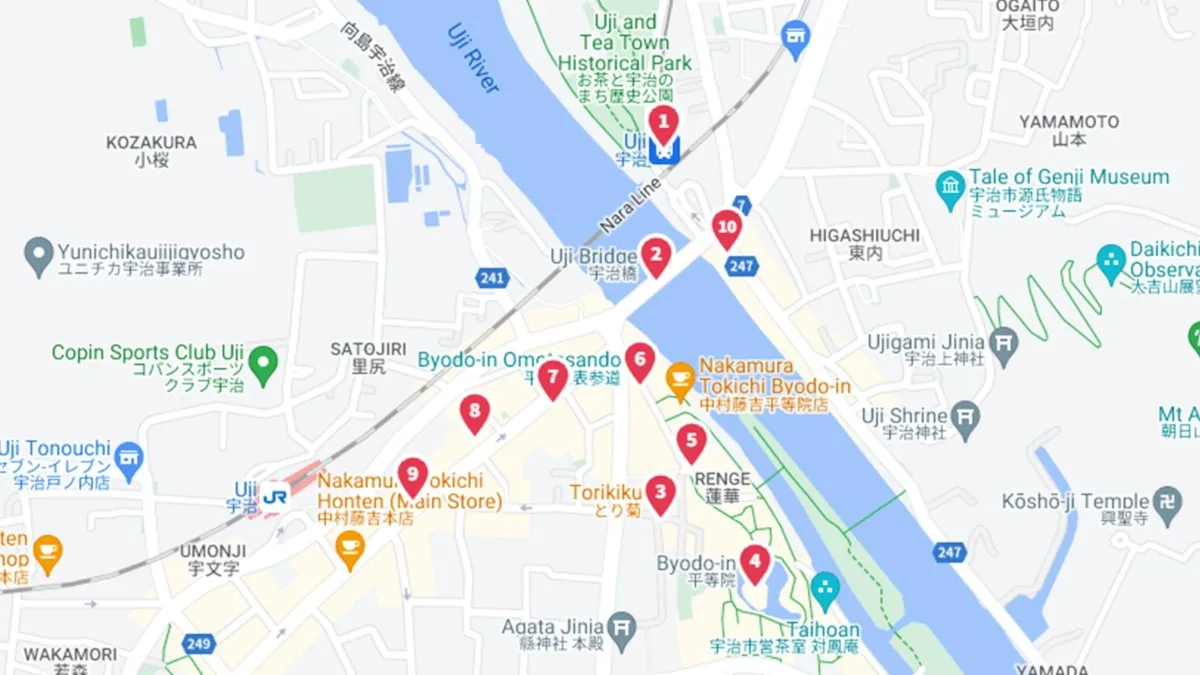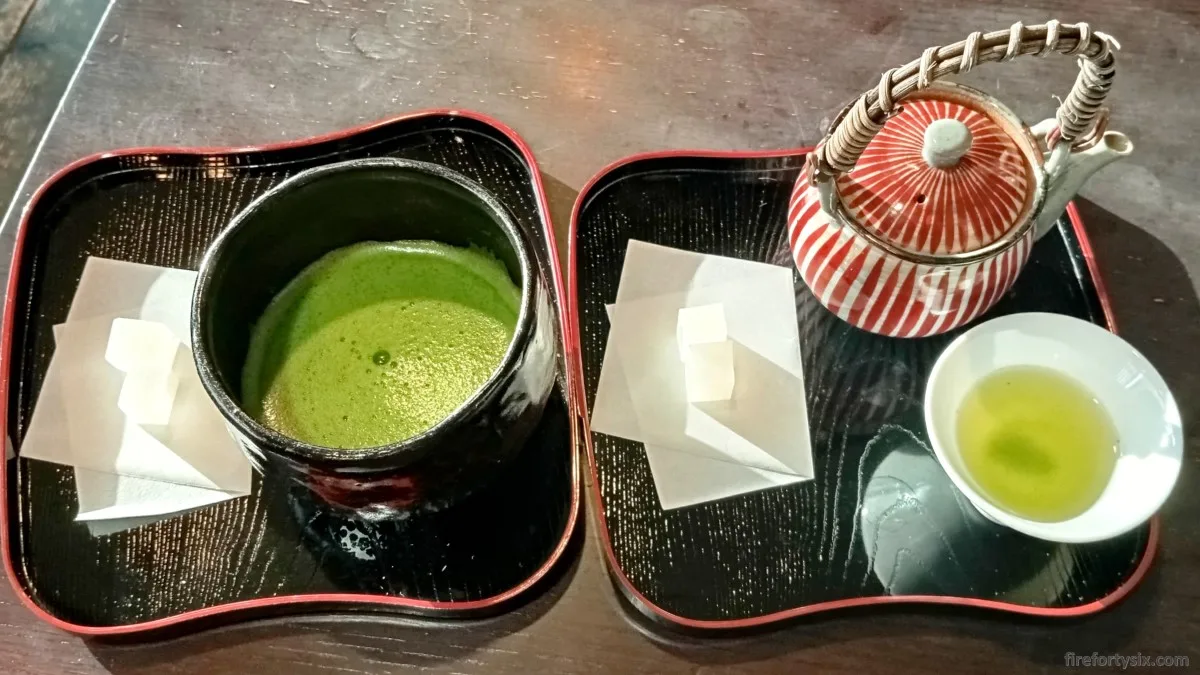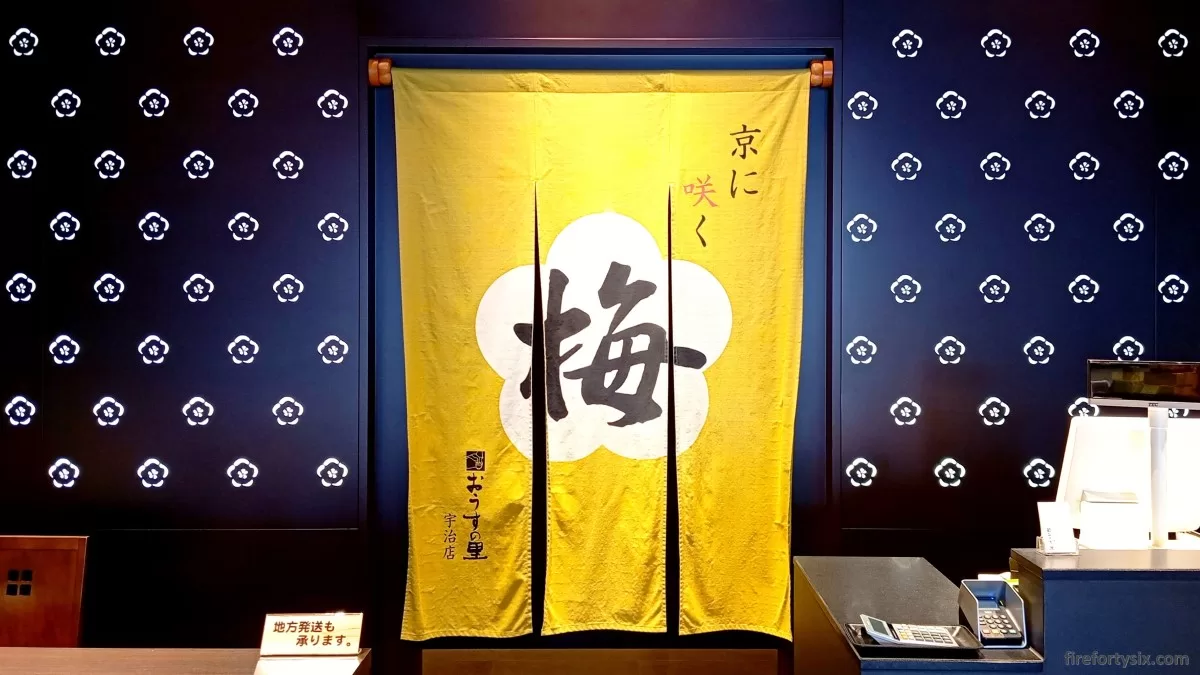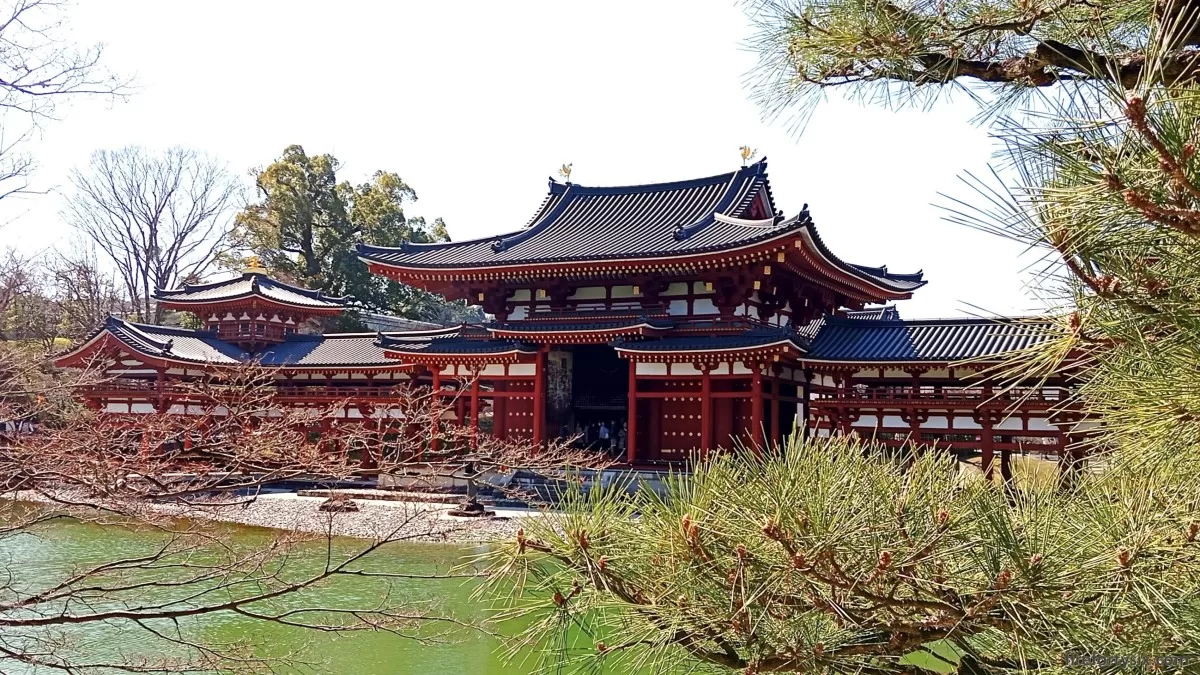The last time we were in Kyoto was almost six years ago, during the autumn of 2018. It was our first time visiting the ancient capital of Japan, and it left a deep and lasting impression.
One thing we couldn’t forget was an especially memorable meal in Pontocho Alley, the famous stretch of restaurants and bars that’s popular with both locals and tourists alike.
We didn’t have any particular craving as we wandered down the narrow street, but one specific signboard caught The Wife’s attention. Even though the facade was dimly-lit, there was no mistaking what it specialised in.
At first glance, commoners, like myself, might think: “Ah, lemons!”. But to addicts afficionados like The Wife, it was immediately clear that the citrus in question was Yuzu (柚子).
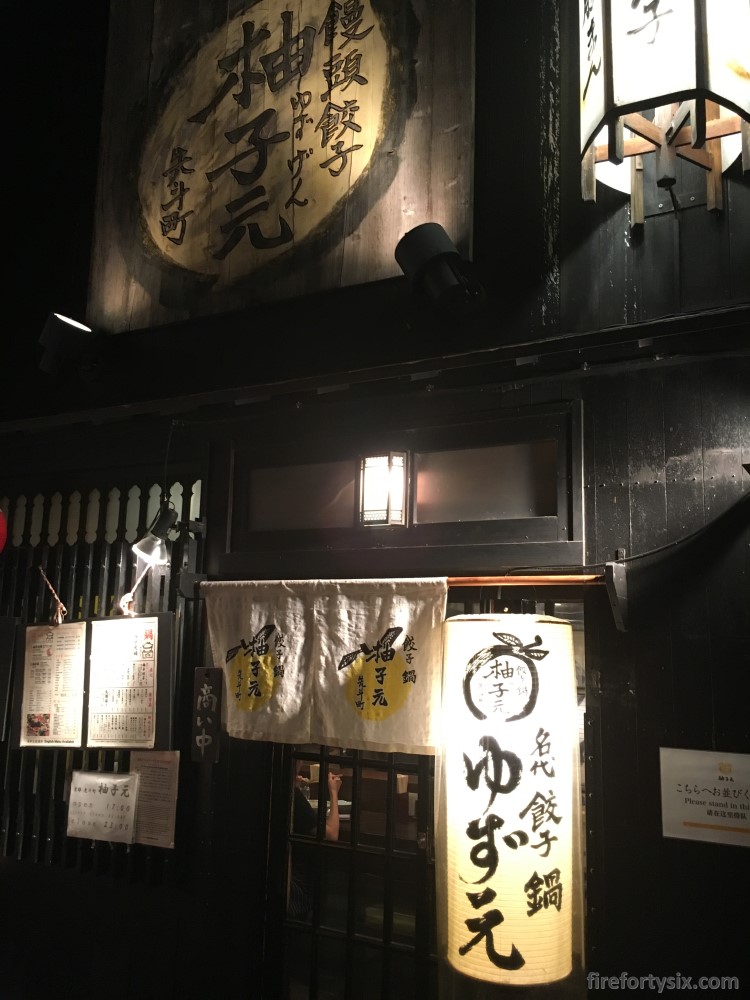
Surprisingly, we didn’t enter immediately, choosing instead to explore the alley further. But resistance was futile, and after walking less than 50 metres, we made a U-turn and found ourselves back at Yuzugen Pontocho.
And it was there that we had an unforgettable meal of yuzu nabe, one that we still remembered across the many years that we remained stuck in Singapore, waiting for the pandemic to subside.

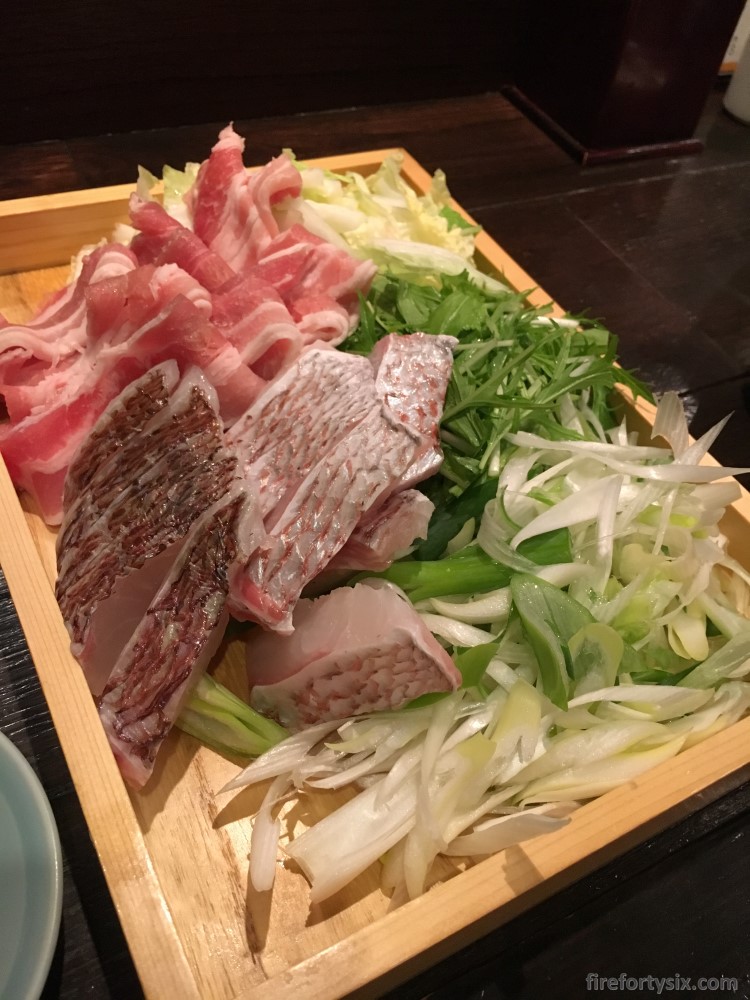
Once we had decided to head back to Kyoto, the very first thing that went onto our trip itinerary was a return visit to Yuzugen.
As part of my trip planning process, I had to: (i) verify that Yuzugen survived the pandemic, (ii) ensure it hadn’t moved to another location, and (iii) confirm its opening hours.
Google Maps came through on all three counts, and even threw in a crowdsourced rating (3.8⭐/5.0) and 389 customer reviews for good measure.
In the spirit of “trust, but verify”, I also consulted Tabelog (3.42⭐/5.00 | 134 reviews), Japan’s definitive foodie guide.
The seemingly low rating didn’t concern me at all, because I know that Tabelog operates on a completely different scale.
In the eyes of the local Japanese diner, anything above 3.00 is considered good. Why two decimal points? Well, because Japan.


So, on a chilly Sunday evening in the tail end of winter, we found ourselves at the entrance of Pontocho Alley again. In a city that was bursting at the seams with tourists, the scene was surprisingly subdued.
Unlike the previous time, we didn’t explore Pontocho aimlessly. Instead, we were laser focused on our objective and arrived at the distinctive entrance in no time.
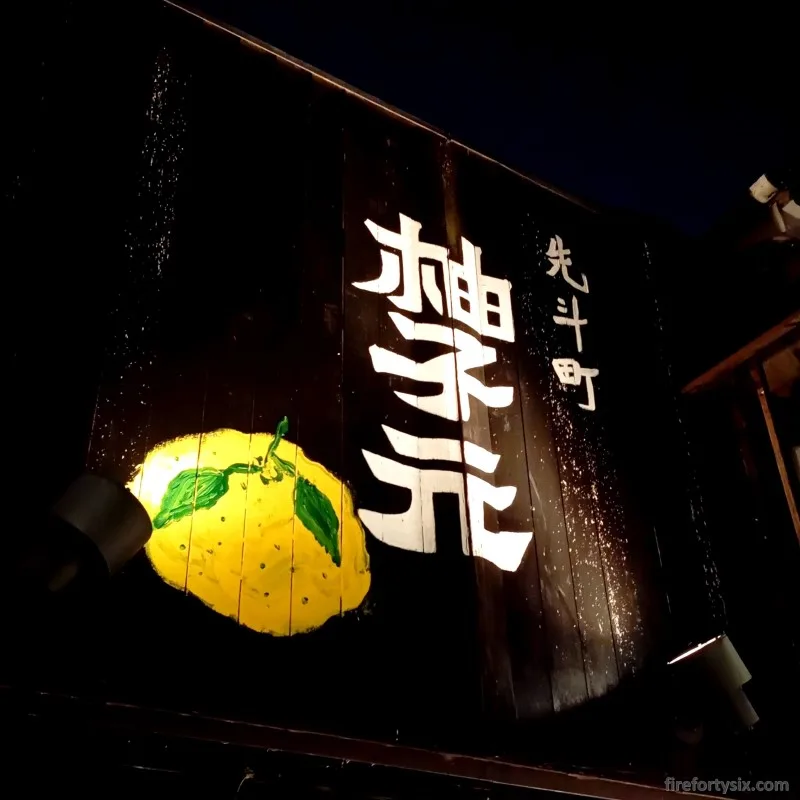
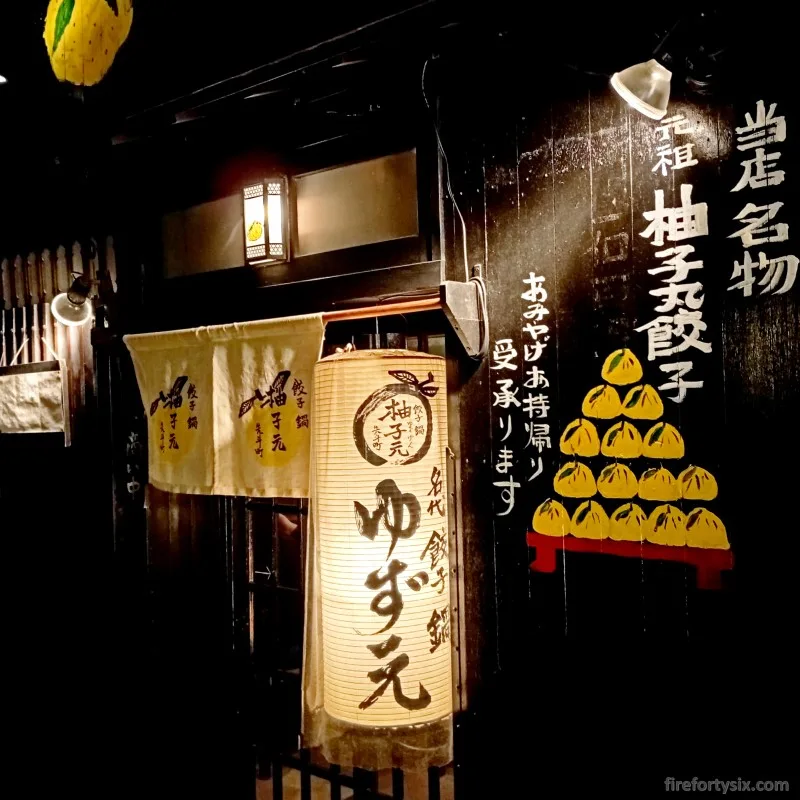
The dining room was bustling, and we were lucky to get counter seats right next to the door. It all looked quite familiar, but at the same time, also somewhat different.
Gone was the chubby chef that we remembered, with his resting grumpy face. In his stead was a young kitchen crew, going about their work efficiently. They all looked professional but, shall I say, lacked character.
Despite the stern demeanour of the former chef, he came across as a true shokunin.
An artisan who tended continuously to his huge pot of yuzu broth, throwing in cut halves of citrus, slugs of fresh juice and other secret ingredients throughout the night.
The decor also seemed to be less rustic, and more curated. Directly in front of us was a big bowl of artfully-stacked fried snapper fins, and next to it was a carefully-arranged mound of whole yuzu fruits.
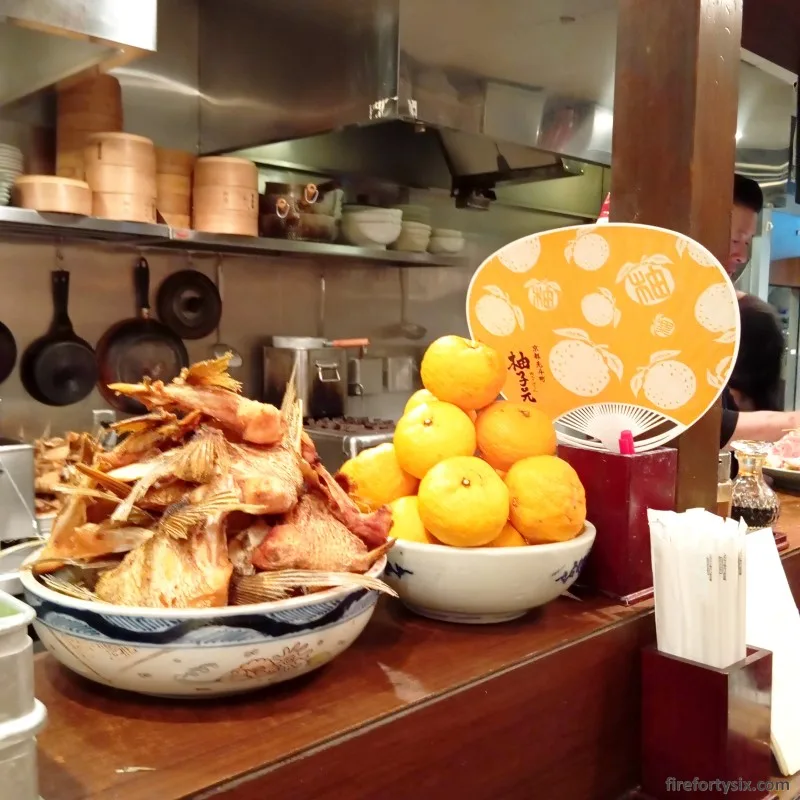
Thankfully, the menu items looked the same, although with prices that were about 30% higher compared to 2018.
It may sound strange, given that Japan’s inflation rate has hovered around zero percent for the past decade. But bear in mind that the Japanese yen has depreciated drastically in recent years.
I used to be able to exchange 1 SGD for 80 JPY in 2018, but that increased to around 110 JPY in 2024, an change of more than 30%. So, on a net/net basis, menu prices in SGD terms had pretty much stayed the same.
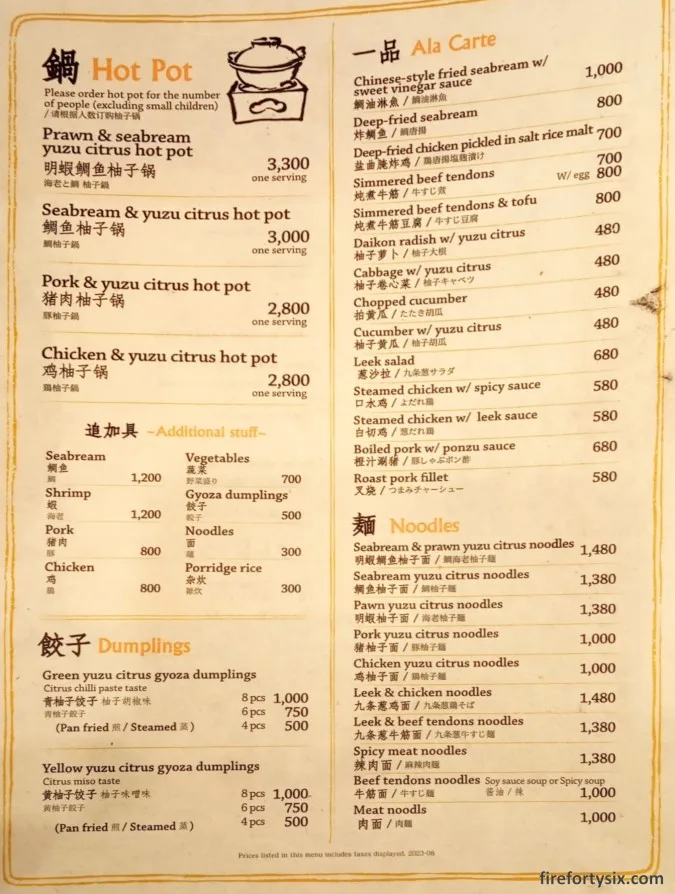
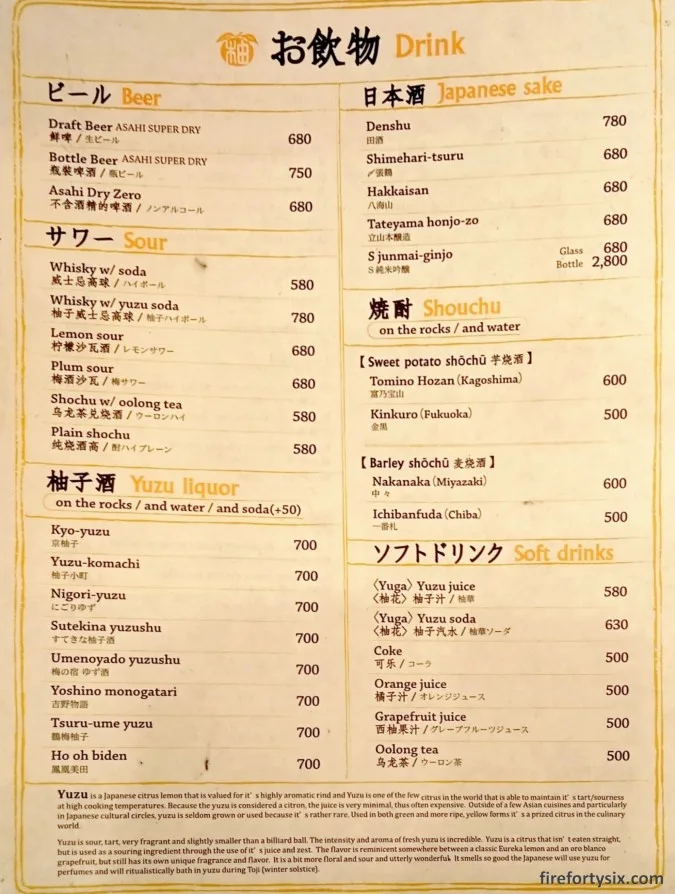
But first, sake.
I ordered the Denshu (田酒) from Aomori, which helped me tick another prefecture on my sake bingo card. Bringing me one step closer to achieving my mission of drinking sake from all 47 prefectures.
Since The Wife is a yuzu addict afficionado, so of course she had to choose a yuzu sake (柚子酒) from the list of eight that were on offer.
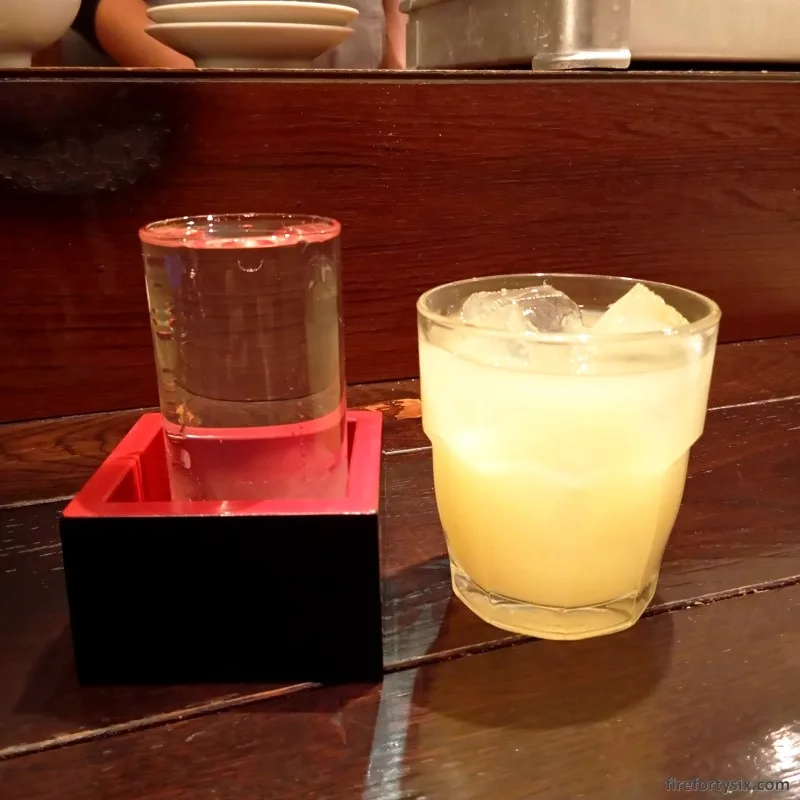
Umenoyado (梅乃宿) from Nara is one of her all-time favourites, but I encouraged her to try something new and she went with the Hououbiden (鳳凰美田) from Tochigi, served on the rocks.
It was slightly more sour and slightly less bitter but still very nice overall. While it wouldn’t dislodge the Umenoyado from its throne, the Hououbiden definitely came close.
The first sip marked the beginning of that night’s yuzu parade.
Starting with thinly-sliced daikon pickled with yuzu, and a tart yuzu kosho condiment. The ones we’re able to get in Singapore tend to be heavily salted, but this tasted very fresh and balanced.
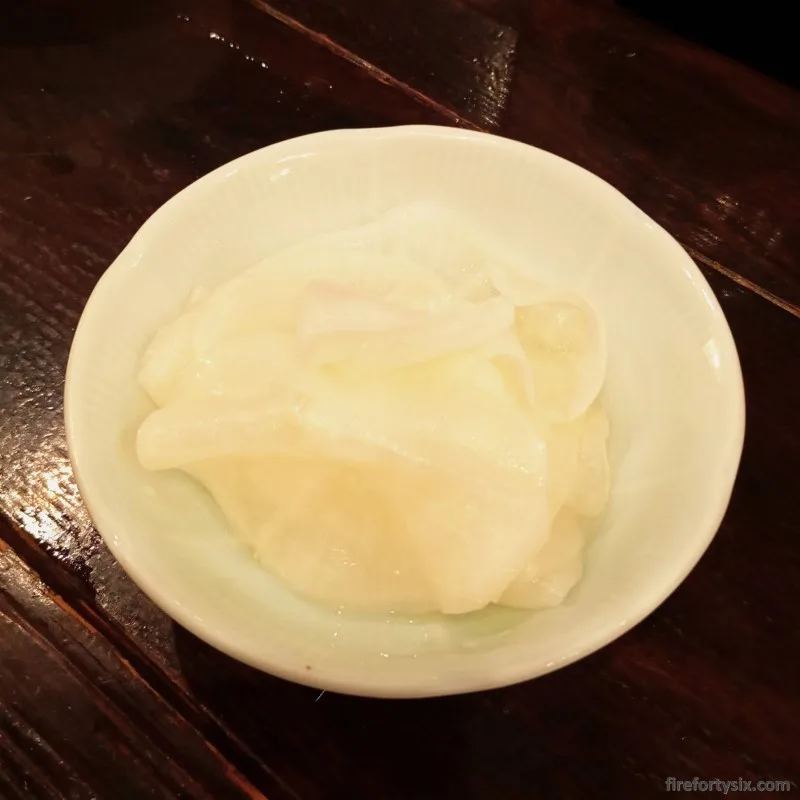
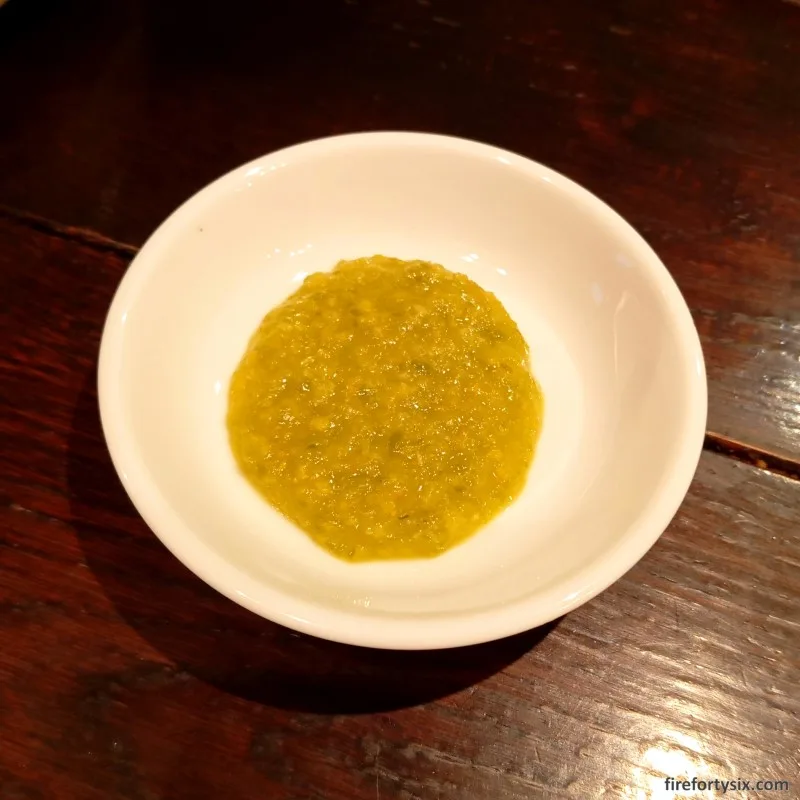
Our appetiser was steamed yuzu gyoza, served piping hot in a bamboo steamer. There were two versions available: a green one with yuzu kosho-flavoured filling, and a yellow one using yuzu miso.
We chose the latter, and they each came with a kawaii “leaf” on top, mimicking the appearance of the actual fruit. It was very Instagrammable, and almost every group ordered one basket.
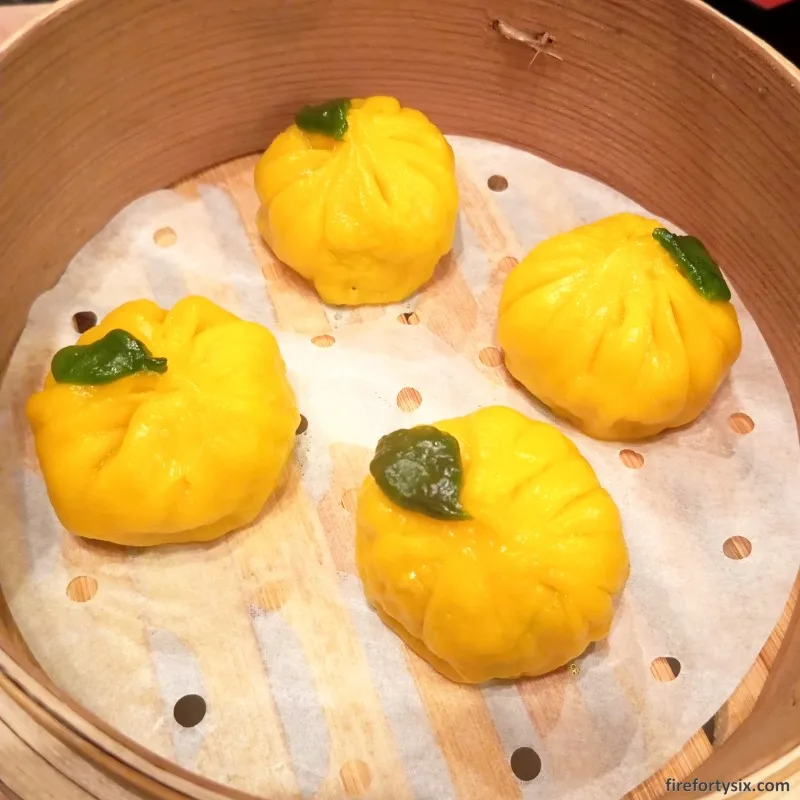
For a dish that seemingly prioritised its appearance, it tasted surprisingly good. The yuzu was not immediately visible in the filling, but the flavour was clearly present.
At ¥500 for four dumplings, it was well worth the money. On hindsight, perhaps we should have also ordered the green version to compare, but we didn’t want to fill up our stomachs too early.
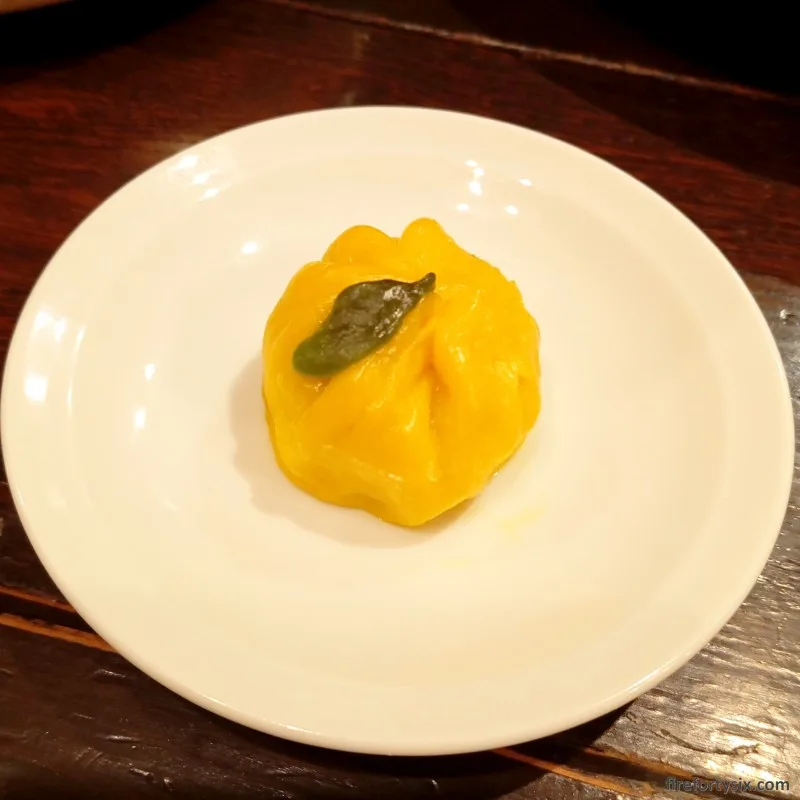
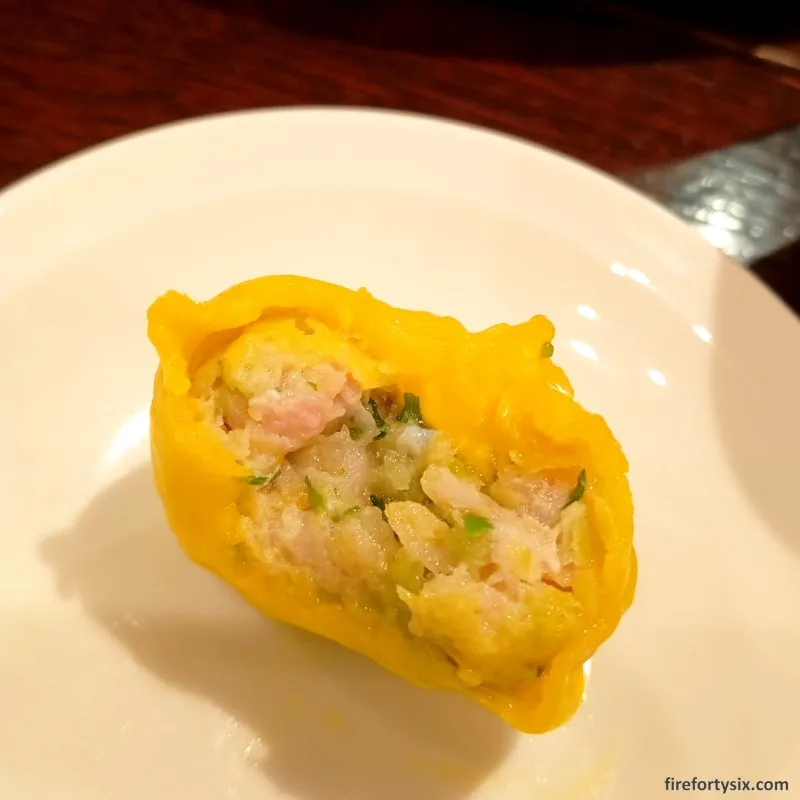
The main act soon started, with a large claypot filled with yuzu broth placed on the gas burner on our counter. Our waitress turned the fire up to full blast, and showed us how to adjust the flame.
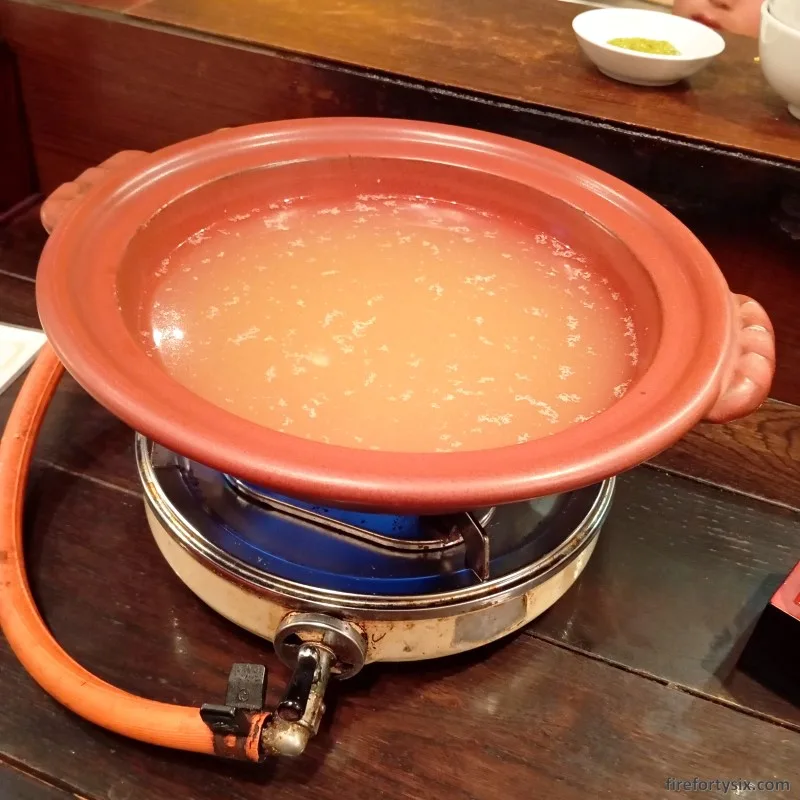
She then delivered a platter filled with thickly-sliced sea bream, two segments of post-squeezed yuzu, one deep-fried sea bream fin and lots of various vegetables.
First to enter the bath were the yuzu segments, fried fin and negi, no doubt to help enhance the flavour of the broth. We were told to let it come to a boil, before adding the fresh fish slices into the mix.
We couldn’t resist taking a quick sip of the broth, and mentally compare it with what we had before. It still tasted refreshing and citrusy, with just the slightest hint of bitterness.
The yuzu intensity seemed to be lacking though. Before, it was almost a 10 but this was closer to 8, perhaps even 7. There was no mistaking that it was a yuzu nabe, but it lacked a certain punch.
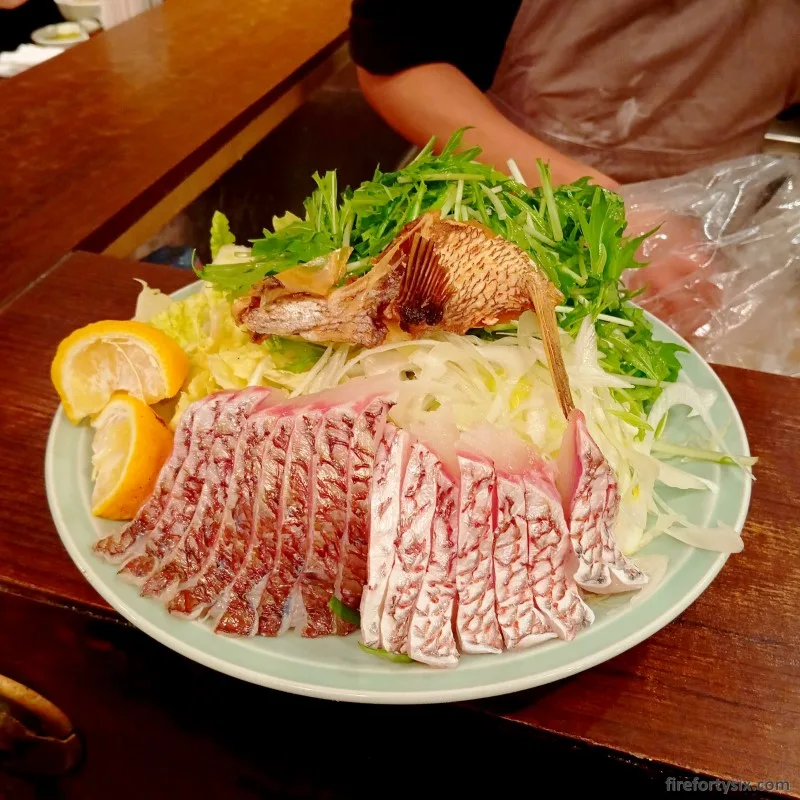
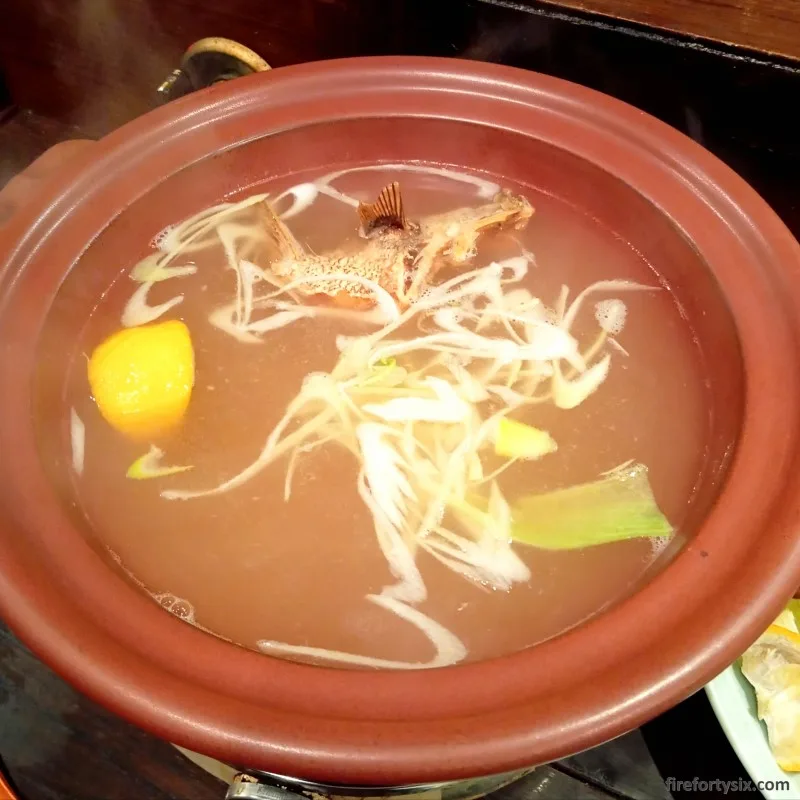
If it was the very first time we were trying it, we would have been very pleased indeed.
But when compared to our memorable first experience, it didn’t quite stack up. As The Wife likes to say, it no longer had the “element of surprise”.
That didn’t stop us from enjoying the meal though. The almost sashimi-grade sea bream was very fresh, firm and oishii and we took care not to overcook it as we happily shabu-shabu‘ed away.
An idea suddenly popped up in my head. If the issue was the intensity of the yuzu-ness, why don’t we mix in some of the yuzu kosho to up the ante? It was an inspired move that elevated the flavour up to 9.
It didn’t take long for all the ingredients to be wiped out, but we still wanted more.
We had just returned to Kyoto from an enjoyable day trip to nearby Uji, where we spent six hours walking around the quaint and picturesque city.
Which meant that we had burned off a significant amount of calories, which had to be quickly replenished to avoid being malnourished. Well, at least that’s how we justified our gluttony.
So, we added an order of chicken and another order of noodles, and both went into the bubbling pot. Basically, we had cobbled together a bowl of chicken shio yuzu ramen, similar to the one we had at Ippudo Singapore.
Chicken may seem like a boring choice of protein, but the chickens in Japan taste so much better than the ones we get back home.

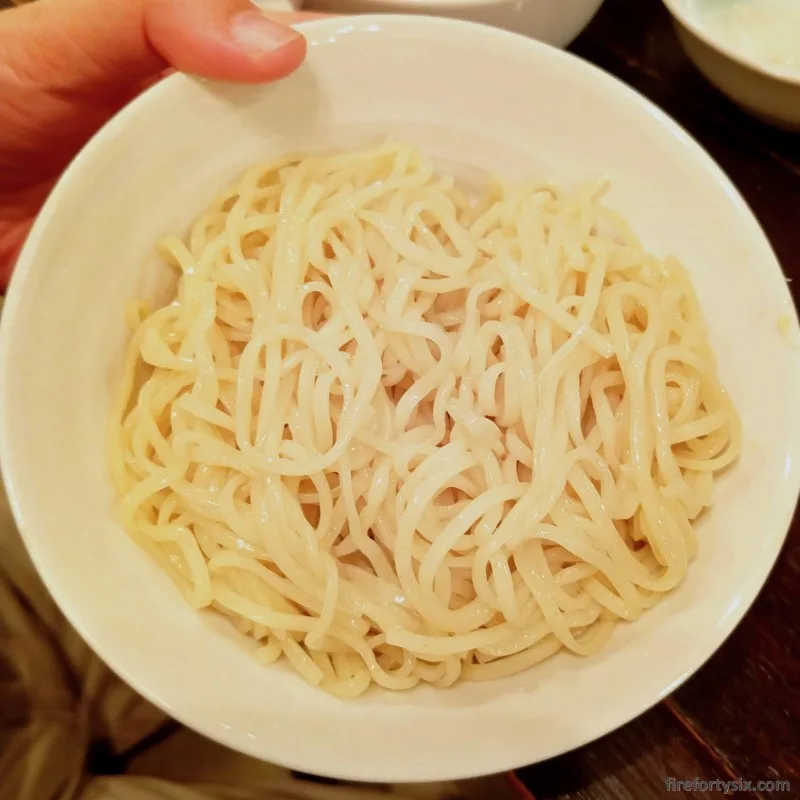
They have a firmer texture, juicier bite and taste like, well, chicken, instead of the comparatively lifeless and bland meat in Singapore.
And since I was already indulging, I decided to order another glass of sake. This time it was the Tateyama (立山) honjozo from Toyama prefecture, and again, it helped check off another box on my sake bingo card.
We finished our meal and left Yuzugen Pontocho at around 8pm. The rest of the night was spent wandering around the neighbourhood to help our dinner settle down in our stomachs.
Despite the enjoyable meal, we couldn’t help but feel a tinge of disappointment. A small regret that our previous experience couldn’t be recreated.
I suppose nothing lasts forever. But we’ll always be able to recall the fond memory of our unexpected, yet fantastic, yuzu nabe dinner in the autumn of 2018.


